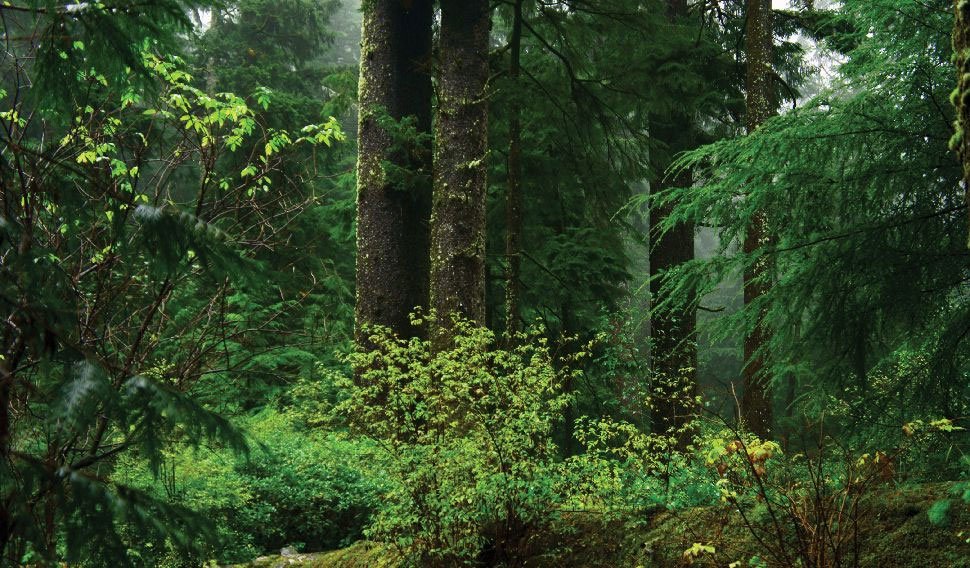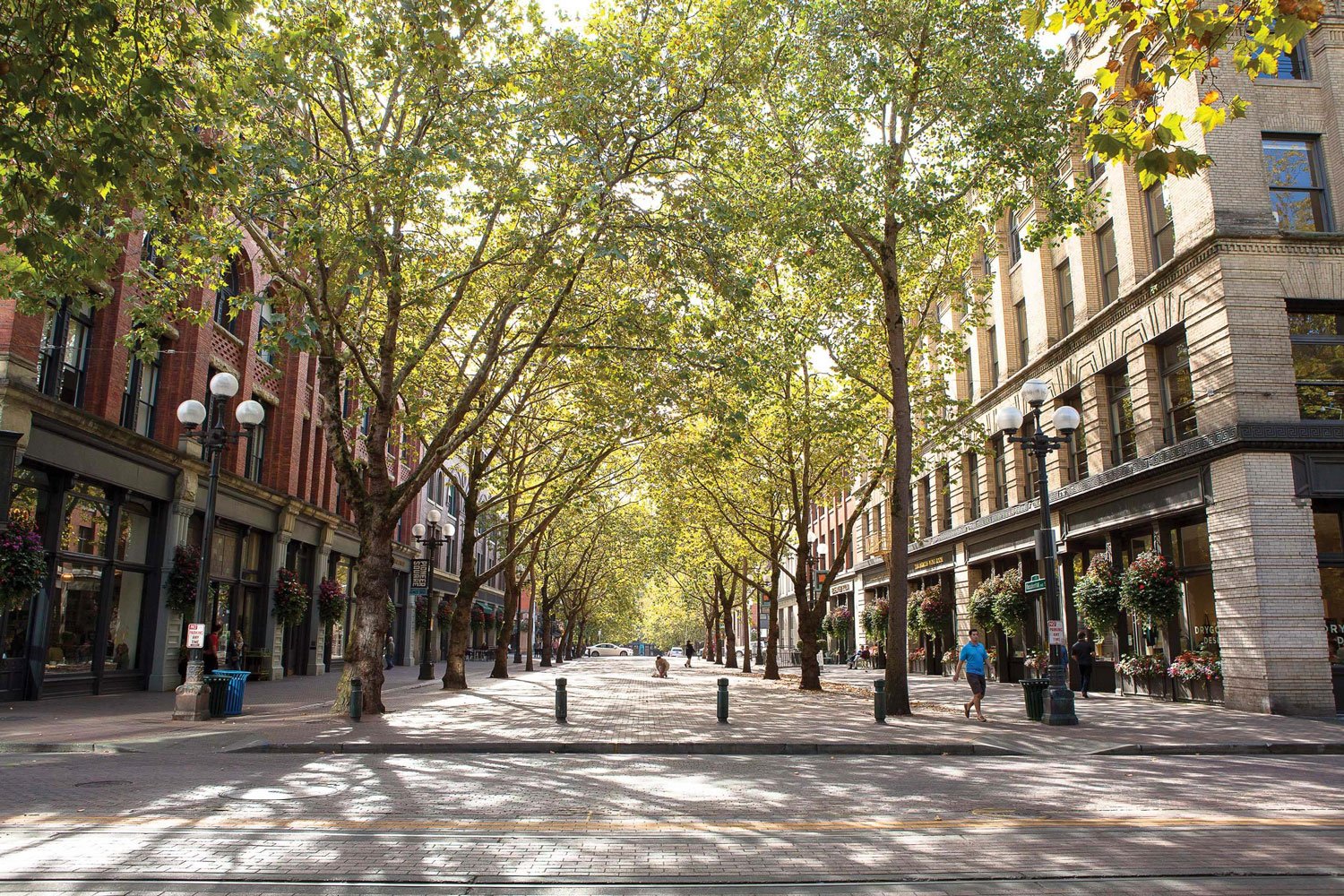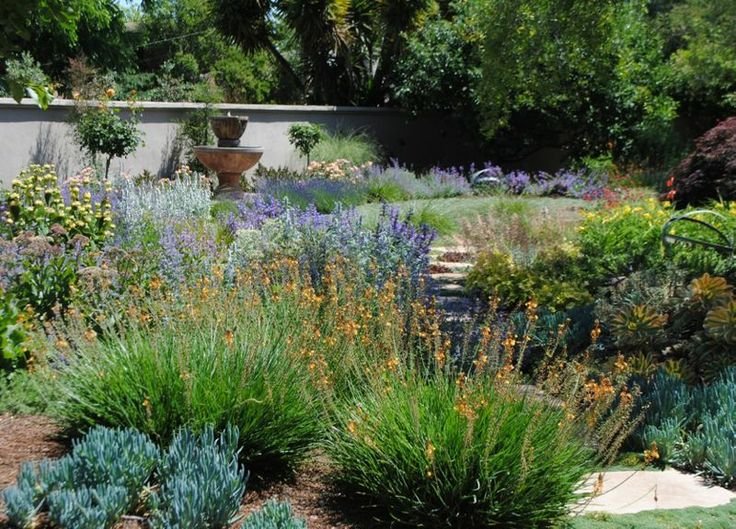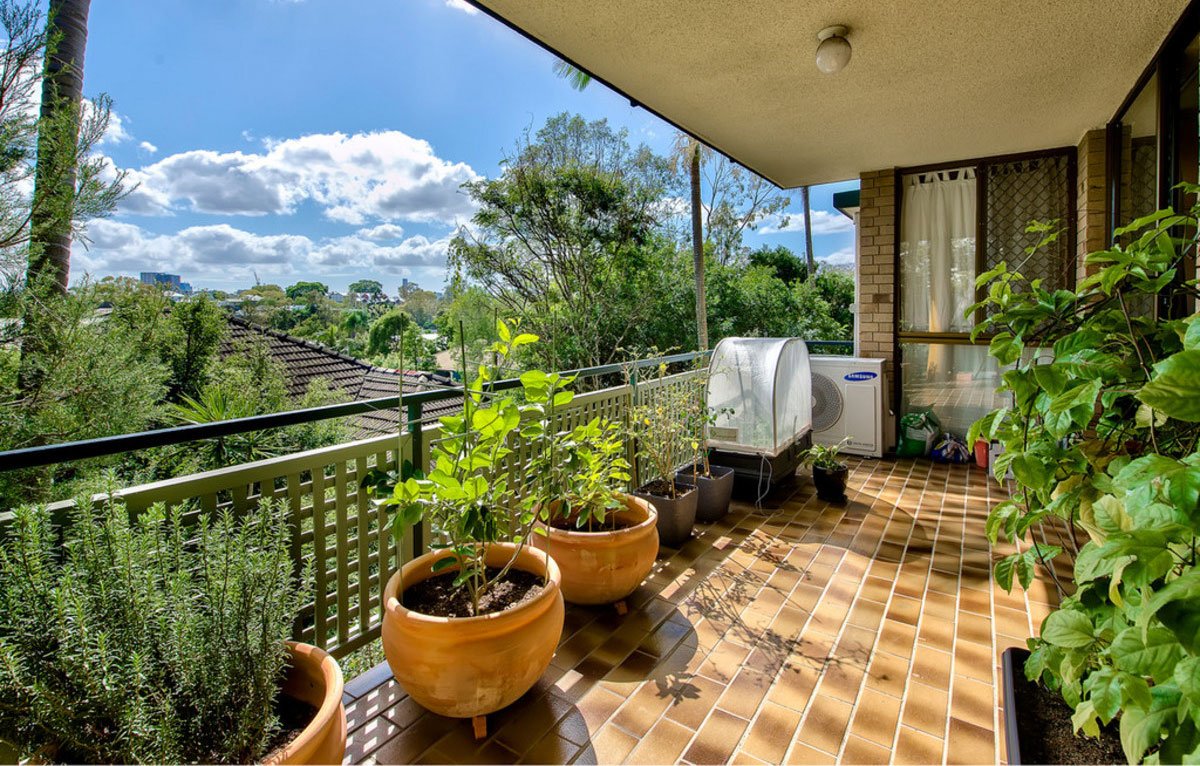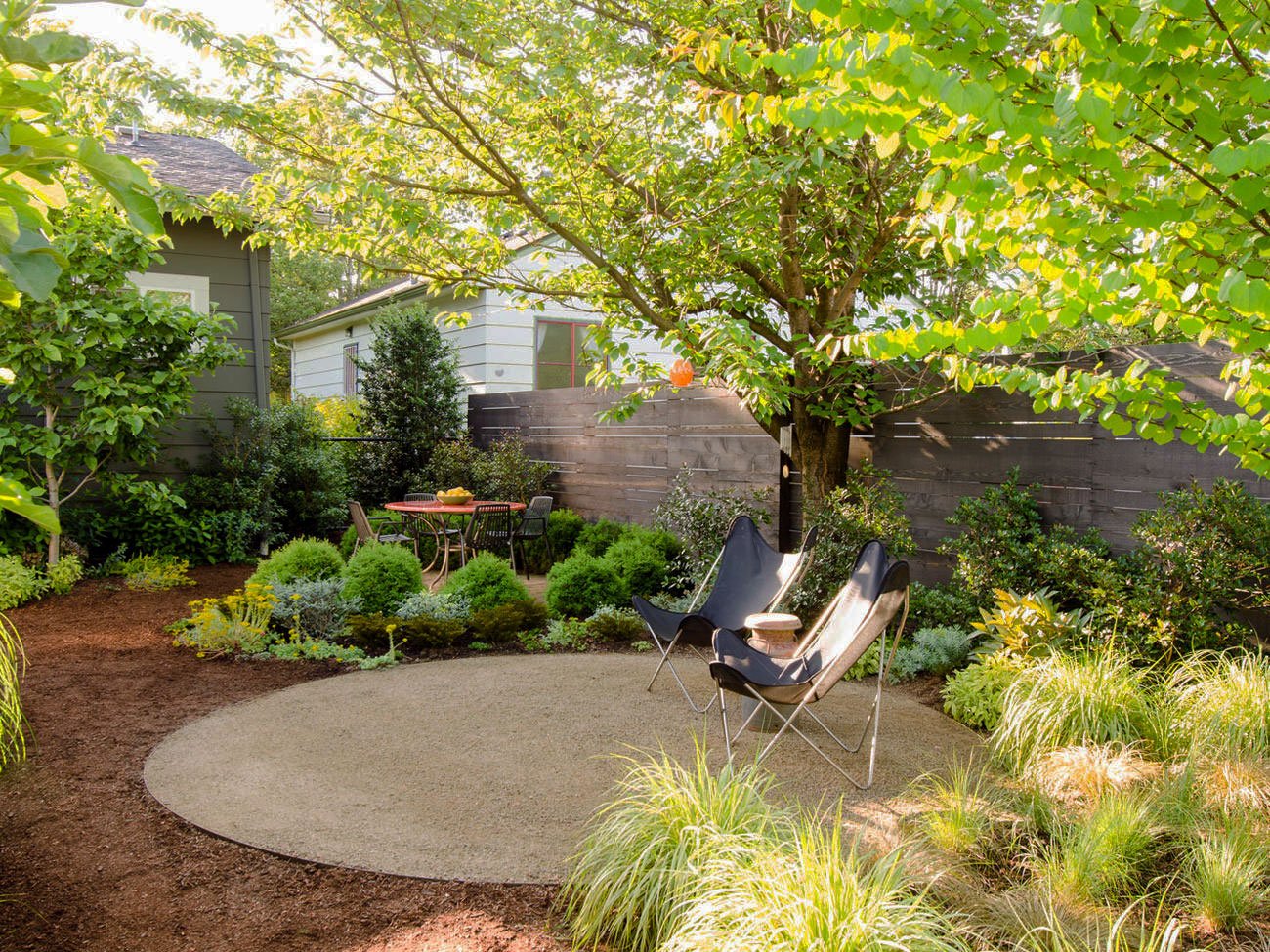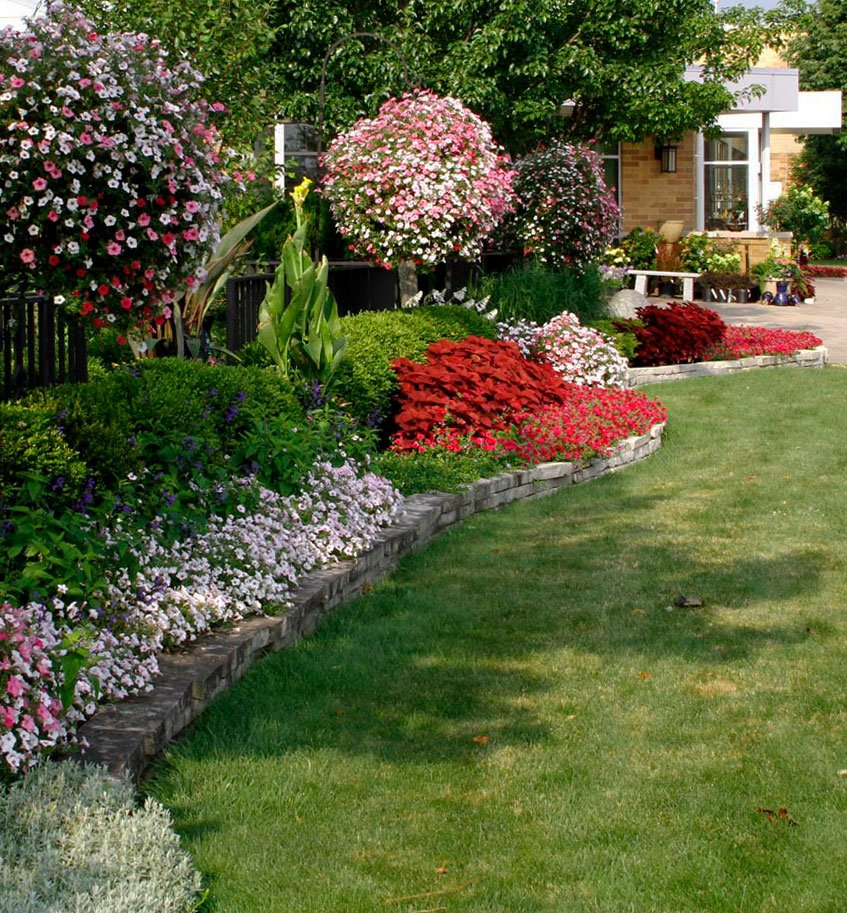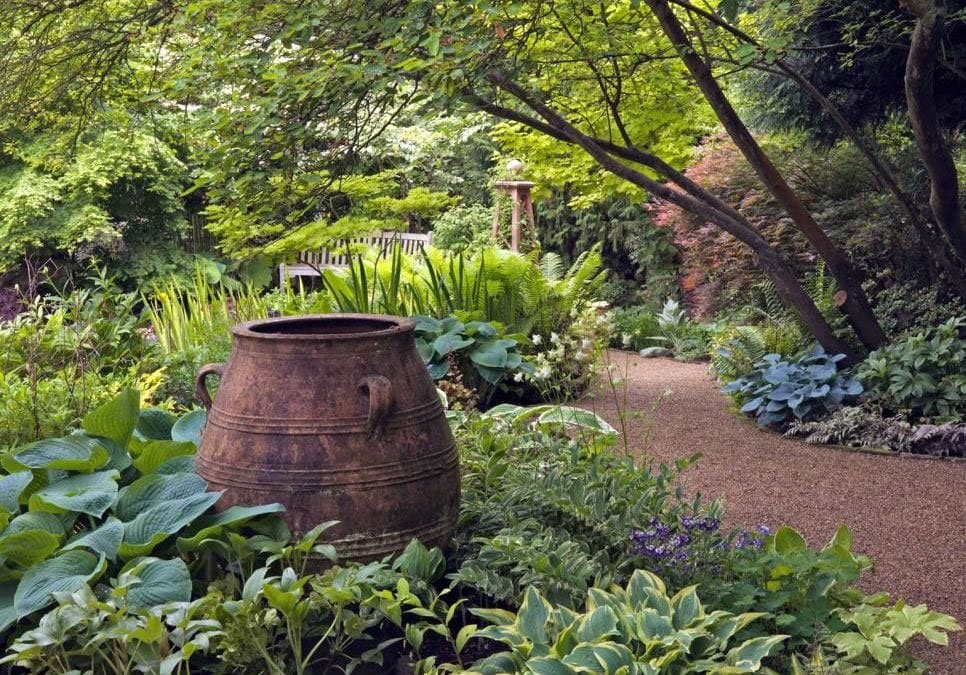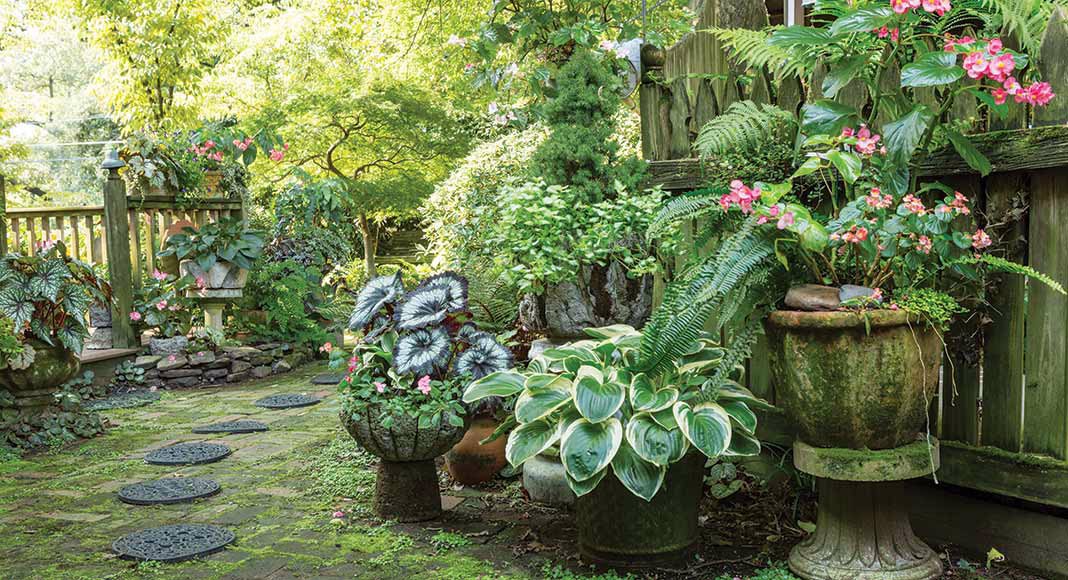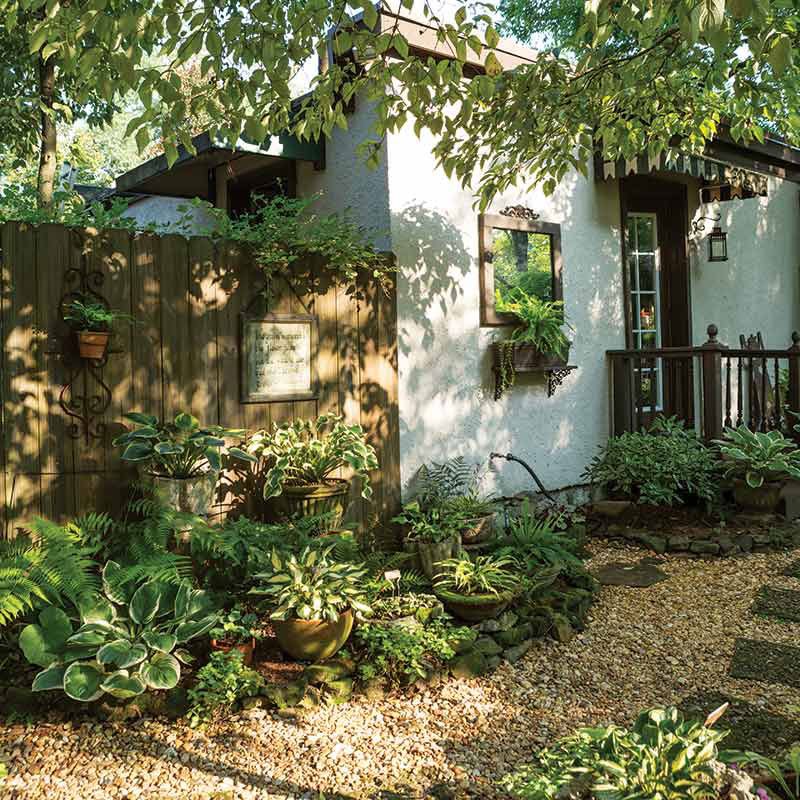Your Attention Please: the Puget Sound region has shady areas. We Northwesterners want to garden, shade or no shade. We try to garden under lots of really big trees, on the north sides of the ever-increasing quantities of tall buildings, and in the shadows of a host of other structures.
Shocking revelation, I know.
But when we start to describe shade to another gardener, we realize that we all have different definitions and perceptions of shade. The question isn't "can we garden in the shade?" It's "what do we mean by shade?"
Is it full or "partial" shade?
Is it solid or "dappled"?
How much of the day is it shaded?
What time of the year?
Why can't it all be simpler?!?
Sorry, I can't answer the last question. Gardening, like much of life, is an inexact science/art, full of variables (and opinions). But I'll at least try to explain the terms of shade we toss around here at Swanson's.
50 shades of shade
Okay, I may not actually describe "50 Shades" here. It's merely a trendy pop culture tie-in, and my editor reminds me that controversy sells. But there are indeed many types of shade you may encounter in your garden, and knowing the difference can greatly affect how you choose your plants and whether or not they thrive.
Question 1: does it matter when it is sunny or shady?
Yes. We're mainly concerned with the growing season: March to September, and the time of day: between 10am and 6pm.
Any sun outside those periods typically doesn't affect your plants' ability to grow (there may be borderline situations — such as when the garden is shaded every month but June, when the sun is finally high enough to clear the roof of the house, but these are not the norm).
Question 2: what are the general definitions of sunny and shady areas?
Most areas can be defined as follows: Full Sun... Partial Shade... or Shade.
The verbal and printed information we use at the nursery (and in most good plant resources) tends to classify plants as preferring one of the above settings.
Full Sun
Eight or more hours each day of direct sunlight. These conditions are generally found out in the open, or on the south and west sides of buildings, trees, fences, etc. Typically, prime real estate for vegetables, fruits, roses, geraniums or alpine rock gardens.
Partial Shade (also called partial sun)
4-8 hours of direct sunlight per day. Plants preferring these conditions usually like to be shaded from the most intense afternoon sun (1pm to 5pm). Partial sun/shade is usually found on the east sides of buildings and large objects, or "dappled" under trees (see definition below). Often the best location for rhododendrons, daphnes, heucheras, hellebores and the like.
Shade (or "Full" Shade)
Less than 4 hours of direct sunlight per day, usually found on north sides of buildings or large objects, and under trees and shrubs. Hostas, fuchsias, ferns and moss generally thrive here.
Note: soil moisture is a factor, too. Moist or dry shade areas support different plants.
Question 3: that seems clear enough. Is it ever more complicated?
Well, partial shade is, of course, variable, so we sometimes use a couple of other terms to clarify further:
Light Shade means full shade for less than 3 hours during the day (see time discussion above).
Half Shade is full shade for 4-5 hours.
Dappled Shade is light shade through trees all day. Most plants for "partial shade" do well in dappled shade. Note that there are degrees of dappled shade. Perhaps 30% of the sunlight is filtered out. Perhaps 70%, which may require plants tolerant of "full shade."
Deep Shade means virtually no sunlight. It may be both along a north wall and under a tree or deck, obscuring even ambient light from the sky.
Question 4: Can I actually change my shade?
Maybe! Most of the time, we need to accept the shade conditions of our garden and choose our plants accordingly. You can't secretly demolish the neighbor's three-story house (legally, anyway) to gain more sunlight. If you have only a north-facing balcony to work with, that's your lot.
But if trees or larger plants are the issue, have you considered thinning out some branches, or even removing a tree or two? Minimal thinning can significantly increase the sunlight that reaches the space below without noticeable loss to the tree. It's an easier decision, of course, if the trees are yours and there are no local restrictions.
If they're not yours, you might approach the owner about having just a few branches removed. Tread carefully here, though. Dealing with neighbors on property-line tree issues can be delicate, especially if the trees are there for privacy. Also, the pruning may need to be repeated in a year or two.
Editor’s note: please do not thin or remove your neighbors’ trees without permission and in the dead of night. And certainly do not tell your neighbors that Swansons Nursery advised you to do this!
If you only have the shady side of an apartment or condominium, is there another location you might be able to borrow for a garden space? Building entry court? Parking strip? Rooftop? Community garden or p-patch?
I lived for years in an apartment building with a north-facing balcony, and yes, I enjoyed my fuchsias, ligularia and other shade lovers. But I was also able to adopt a neglected planter at a sunnier entrance to my building. Not sunny enough for vegetables, unfortunately, but I had many more plants to choose from than on my balcony. I was happy to widen my gardening experience and my neighbors were thrilled that someone was making the building more beautiful.
We encourage you to get to know your shade and learn about choosing the right plants for the right place.
Of course, if you're just not sure how much shade you have or how to start narrowing your plant choices, Swanson's professionals can help you. When you visit the nursery, bring along clear photos of your space on a sunny day during the growing season, or post a picture and question on social media (Twitter, Instagram, Swansons’ Facebook page) with the hashtag #heyswansons.


